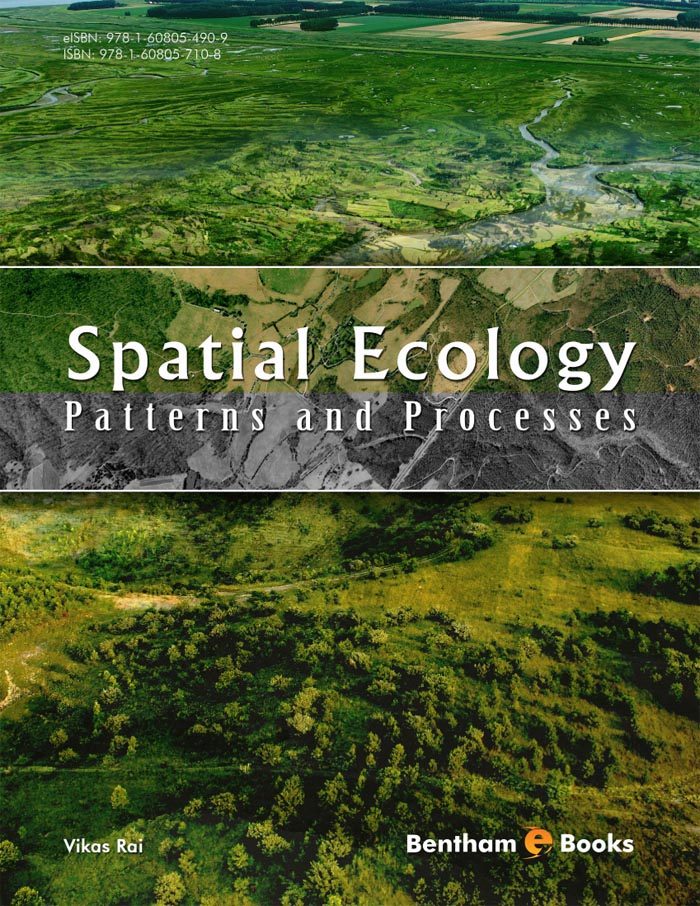Foreword
Spatial dynamics is one of the most active and important fields in ecology, just like it was when I started graduate school over 35 years ago. Visiting Simon Levin’s lab, I saw him give a seminar about his now-classic work with Robert Paine on spatial patterns in rocky intertidal communities, in which the age-structured McKendrick-von Foerster equation was inventively transformed into a model for the spatiotemporal dynamics of disturbance-renewed patches of mussels and barnacles. It exemplified the power of mathematics to illuminate the natural world, and who could want any other career? At some point Vikas Rai must have had the same kind of epiphany, and this eBook is one of the results.
But now, after many decades of research in spatial ecology, why isn’t everything solved? Why do we need this new eBook, instead of finding everything in old eBooks on the library shelf? The complexities of spatial dynamics in ecology may be more than we can ever fully understand, but our understanding continues to increase. New genomic tools give us information about rates of dispersal among sub-populations. Long-term population monitoring data tell us that species really do spread as travelling waves (at least sometimes), and reveal interesting new twists such as the interplay between ecological and evolutionary dynamics in the spread of the cane toad. New methods in computational statistics let us fit realistic spatial models to data, and challenge ourselves to quantitatively understand the colonization-extinction dynamics of local populations. The spatial dynamics of pathogens and immune system cells within individual organisms turns to be important for understanding infectious disease outbreaks. New data demand new theory. And old puzzles, such as Hutchinson’s Paradox of the Plankton, also challenge us still to develop new theories.
Understanding the world is only part of the ecologist’s job. Increasingly, ecological knowledge is required to manage and preserve it (should the fossil fuel industry allow us the opportunity). Our era has been called the Homogocene by some: the era in which species spread globally, invading and spreading through new habitats. I live in a landscape defined by lakes, the Finger Lakes region in New York, and recent invasions by mussel species and invasive plants have caused profound changes in many of the lakes. It’s also a farming region, divided into patches with very different ecological characters (forest, riparian, vineyard, corn field, dairy farm, etc.). Every population is a metapopulation here, and just about everywhere else in the human-dominated world, both the populations we want to preserve and those we want to eliminate.
But understanding spatial ecology has to start with understanding local ecology, so it’s right that this eBook only gets to spatial ecology in Chapter 5, after preceding chapters have laid the foundations. From there it could go on almost forever, because of the way spatial concerns have spread throughout ecology, but it doesn’t. It’s not an encyclopedia, it’s a very personal eBook telling you what one student of nature thinks is most important in spatial ecology. Reading this eBook will earn you a “driver’s license” for continued explorations in spatial ecology, and a first look at some of the interesting features of a vast landscape that you can explore on your own. And if it captures your imagination, you can rest assured that there will be plenty of useful work to do for the rest of your career.
Stephen P. Ellner
Department of Ecology and Evolutionary Biology
Cornell University
USA

